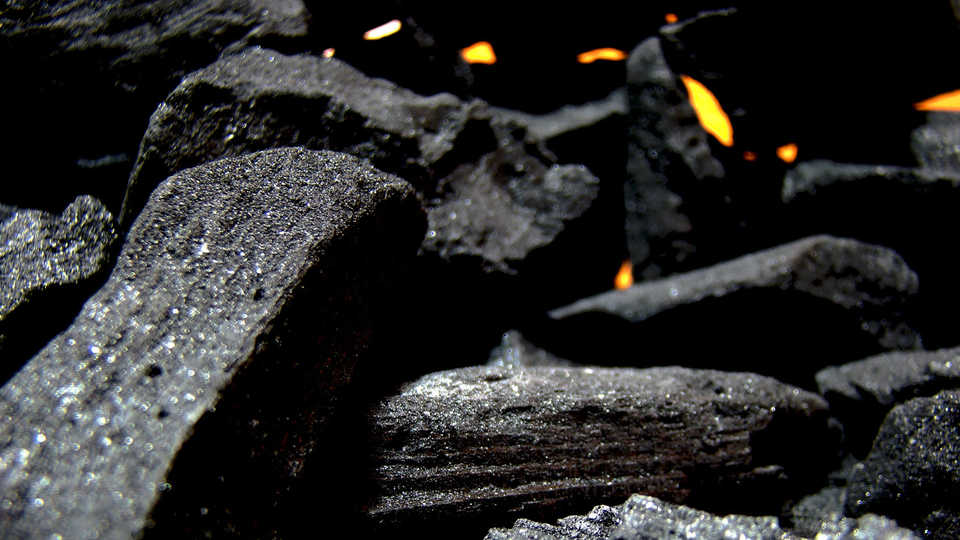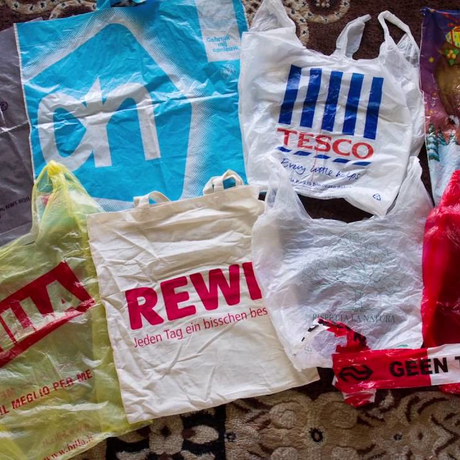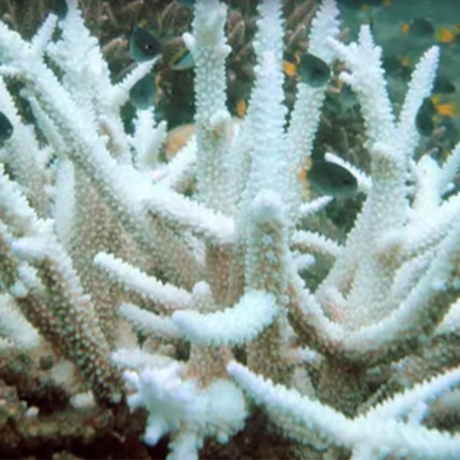5-ESS2-A: Earth Materials and Systems Earth’s major systems are the geosphere (solid and molten rock, soil, and sediments), the hydrosphere (water and ice), the atmosphere (air), and the biosphere (living things, including humans). These systems interact in multiple ways to affect Earth’s surface materials and processes.
5-LS2-B: Cycles of Matter and Energy Transfer in Ecosystems Matter cycles between the air and soil and among plants, animals, and microbes as these organisms live and die. Organisms obtain gases, and water, from the environment, and release waste matter (gas, liquid, or solid) back into the environment.
MS-ESS-A: Earth’s Materials and Systems All Earth processes are the result of energy flowing and matter cycling within and among the planet’s systems. The energy that flows and matter that cycles produce chemical and physical changes in Earth’s materials and living organisms.
MS-LS2-B: Cycle of Matter and Energy Transfer in Ecosystems Transfers of matter into and out of the physical environment occur at every level. Decomposers recycle nutrients from dead plant or animal matter back to the soil in terrestrial environments or to the water in aquatic environments. The atoms that make up the organisms in an ecosystem are cycled repeatedly between the living and nonliving parts of the ecosystem.
HS-ESS2-D: Weather and Climate Changes in the atmosphere due to human activity have increased carbon dioxide concentrations and thus affect climate.
HS-LS2.B: Cycles of Matter and Energy Transfer in Ecosystems Photosynthesis and cellular respiration are important components of the carbon cycle, in which carbon is exchanged among the biosphere, atmosphere, oceans, and geosphere through chemical, physical, geological, and biological processes.



